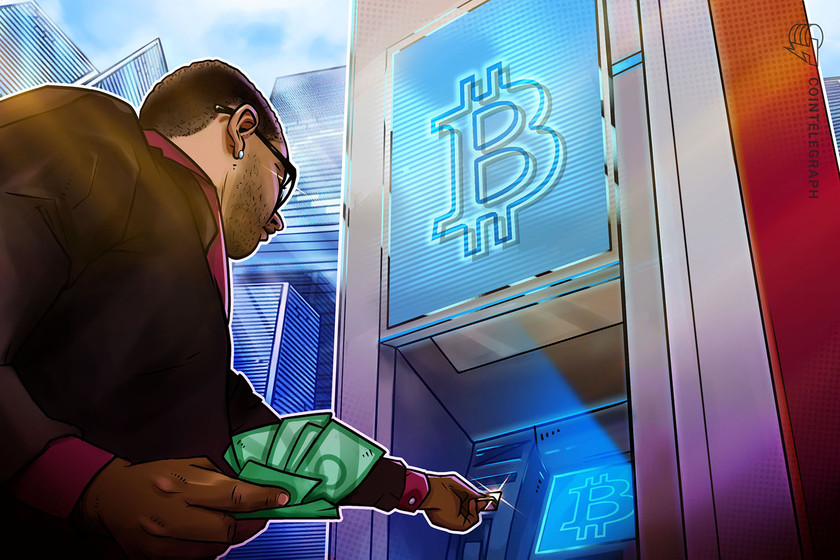A University of Berkeley professor has claimed stablecoins are a “myth” in a new critique published Tuesday, September 11.
Taking the emerging market sector, which includes well-known assets such as Tether (USDT), to task, Professor of Economics Barry Eichengreen argues that stablecoins are not automatically “viable” just because they are pegged to reserves of, for example, fiat currency.
Eichengreen writes that “conventional cryptocurrencies, such as Bitcoin, trade at wildly fluctuating prices, which means that their purchasing power – their command over goods and services – is highly unstable,” adding:
“Stable coins purport to solve these problems. Because their value is stable in terms of dollars or their equivalent, they are attractive as units of account and stores of value. They are not mere vehicles for financial speculation. But this doesn’t mean that they are viable.”
The cryptocurrency industry continues to see more and more stablecoins hit the market, some of which come directly from or via traditional finance insitutitions.
As Cointelegraph has reported, this week saw regulators green light both the Winklevoss twins’ first stablecoin asset, the Gemini dollar, along with a similar offering from Paxos.
Prior to that, a Liechtenstein bank announced its intention to issue a Swiss franc-backed stablecoin in August.
For Eichengreen, however, such assets fall into three categories according to the completeness of tokens’ collateral — full, partial, and uncollateralized — and each has its weak points.
For Tether as an example, the “disputed” claim its tokens are fully collateralized combines with the “expense” of its issuance and circulation to raise questions about scalability. Eichengreen concludes:
“In other words, it is not obvious that the model will scale, or that governments will let it.”









